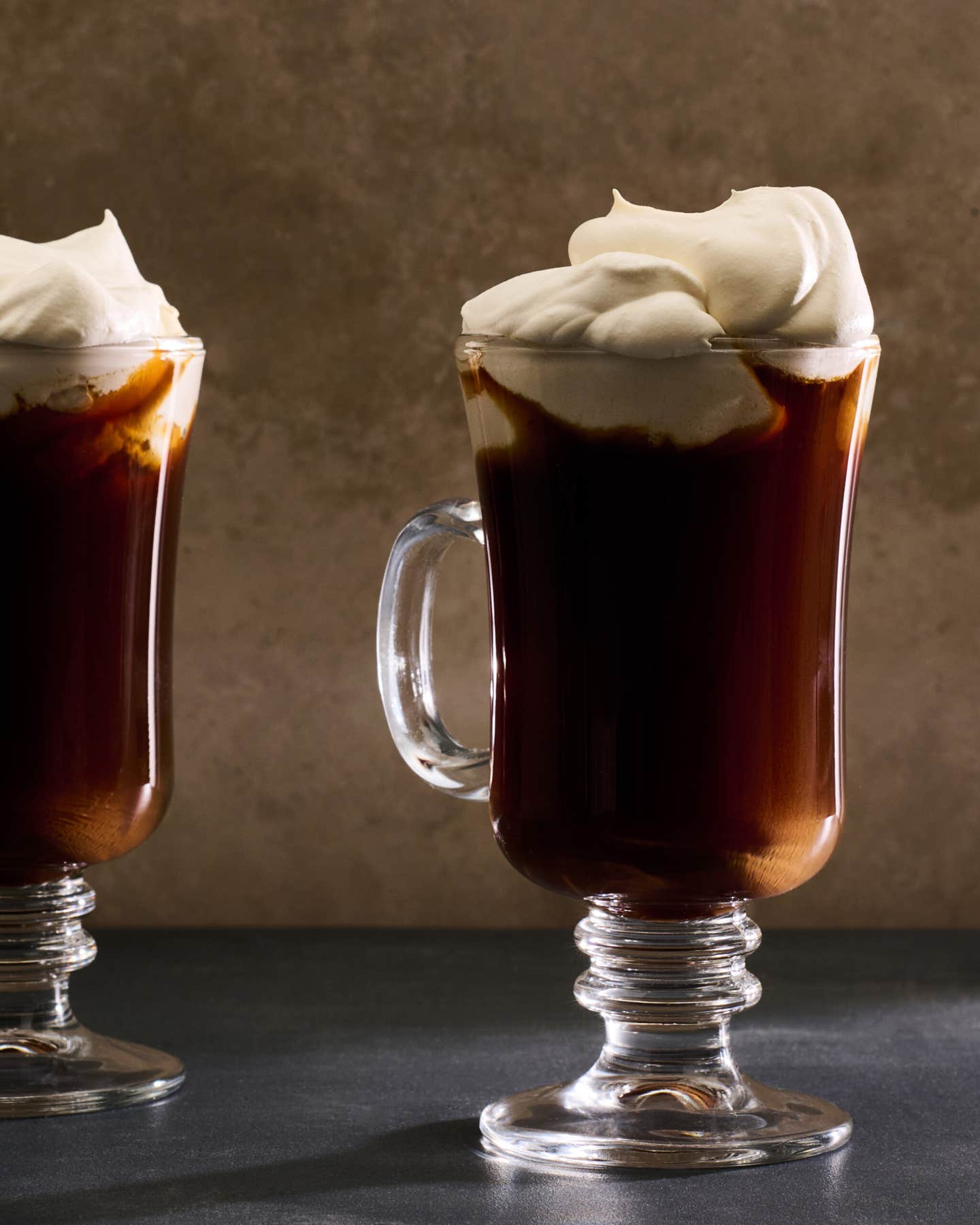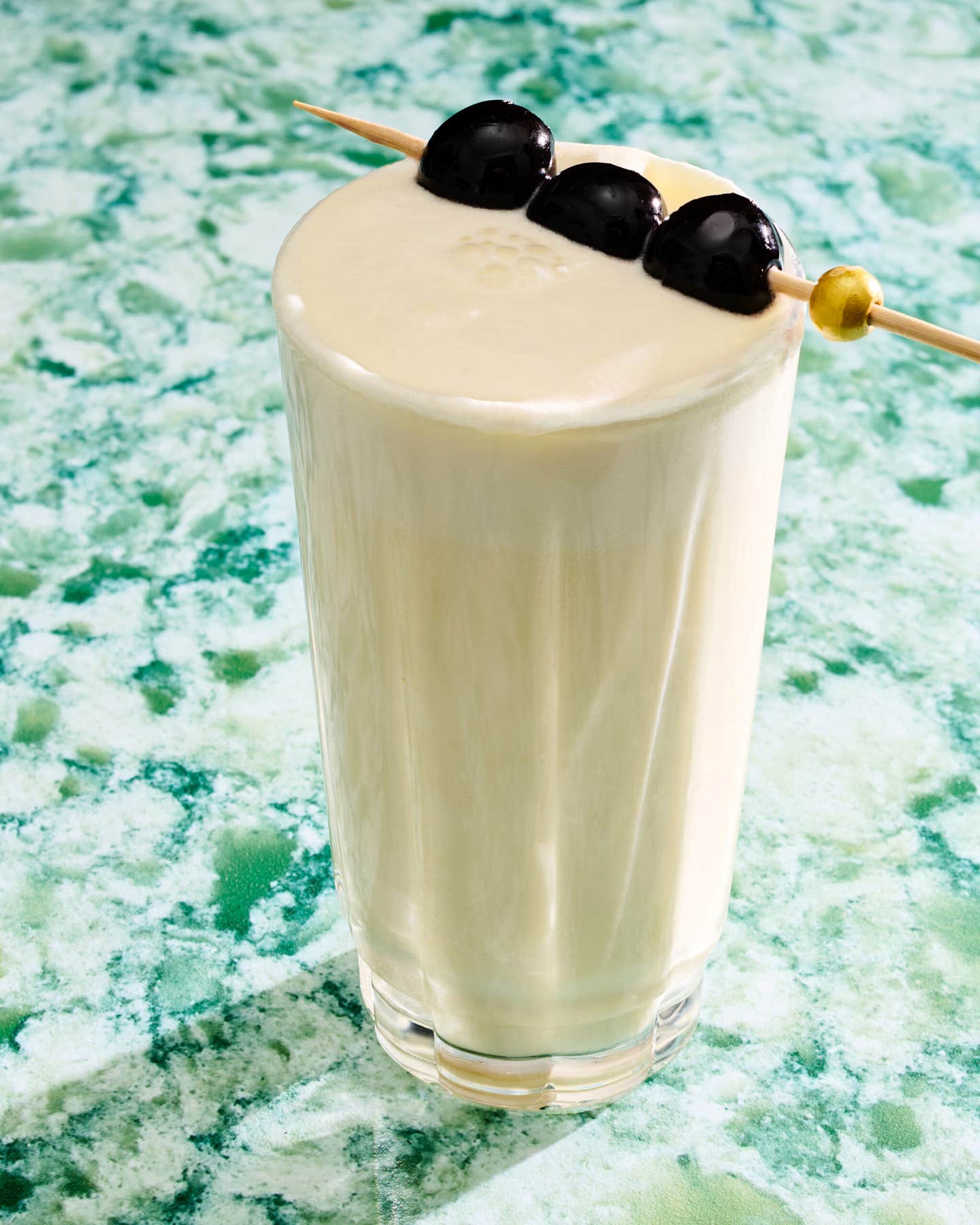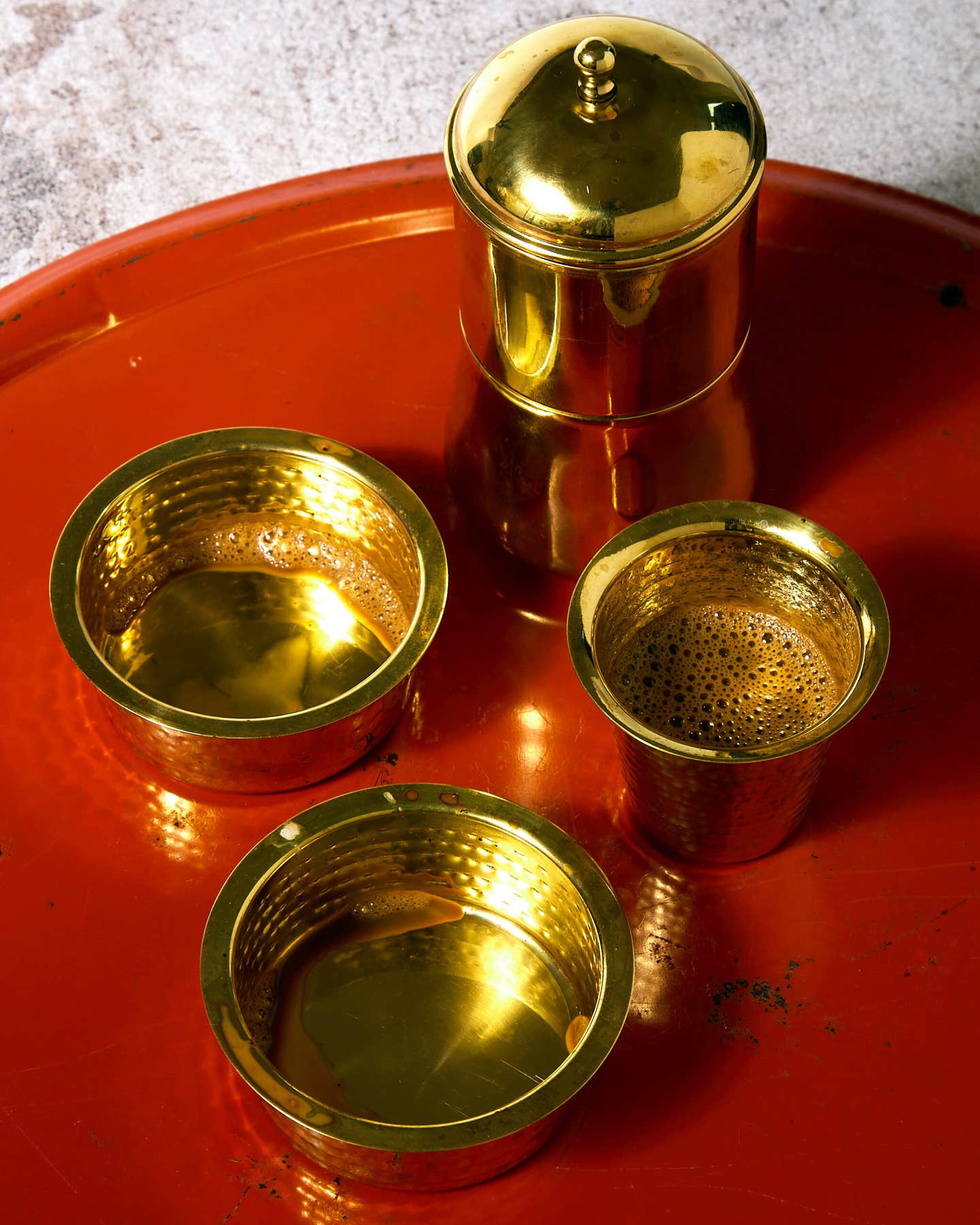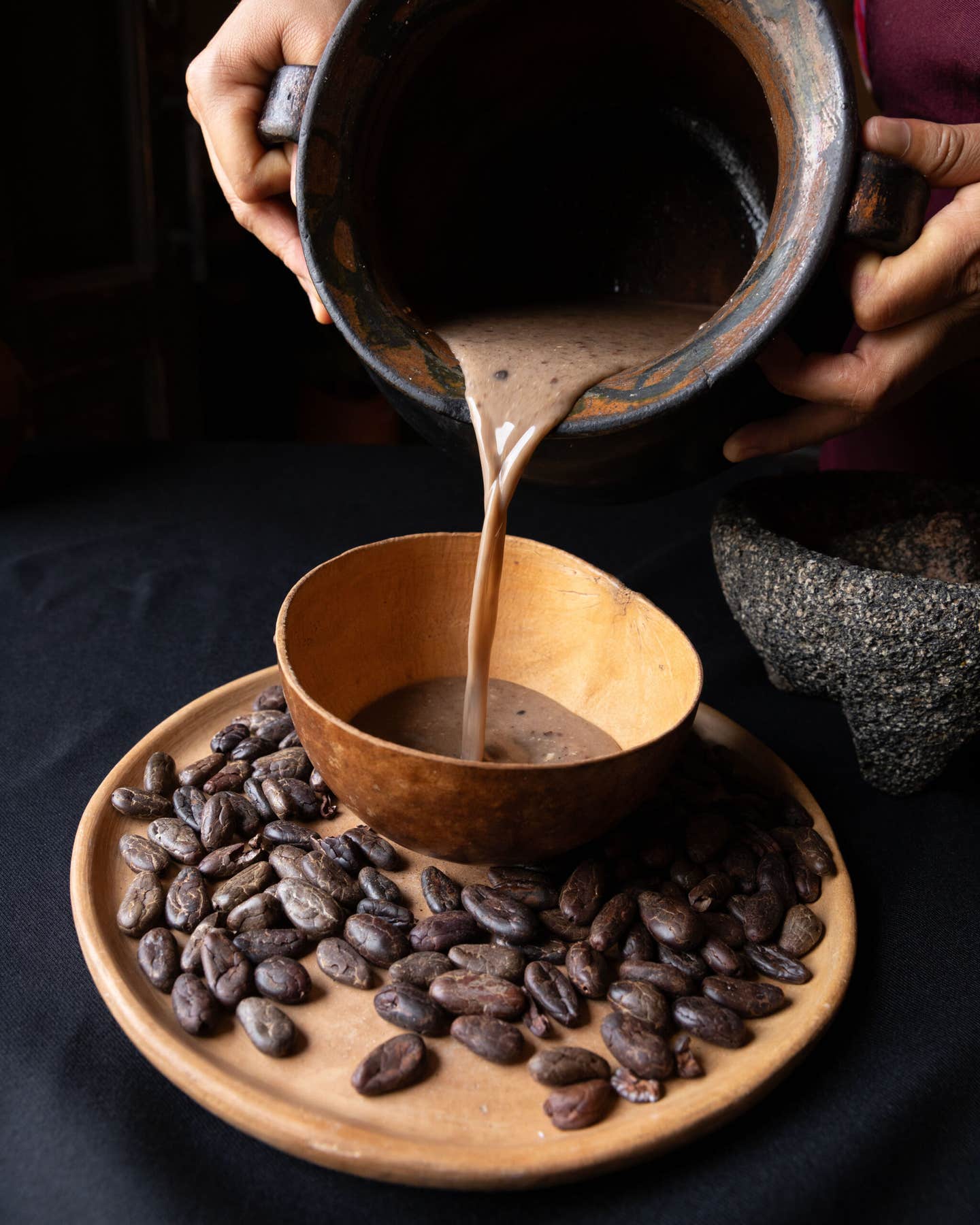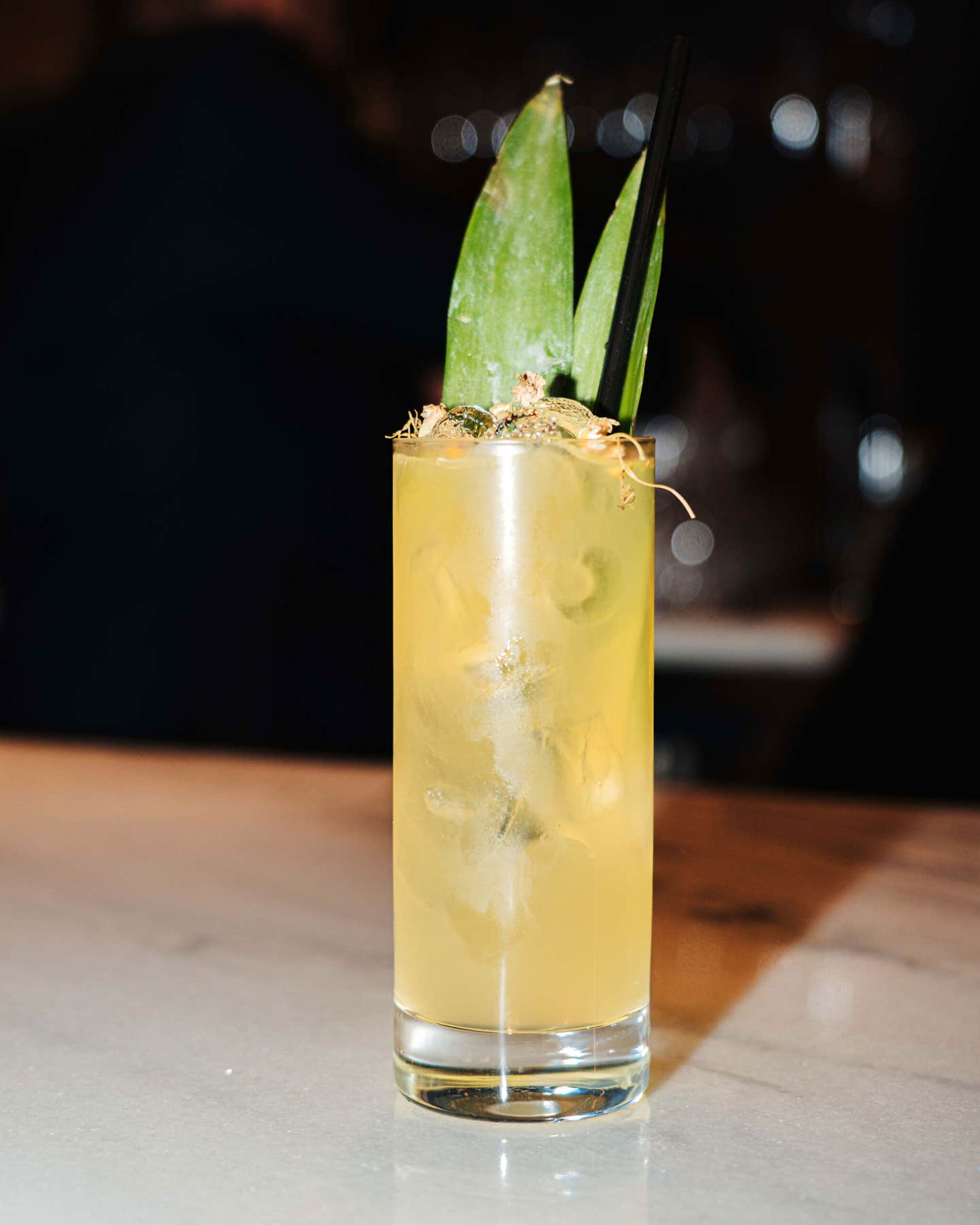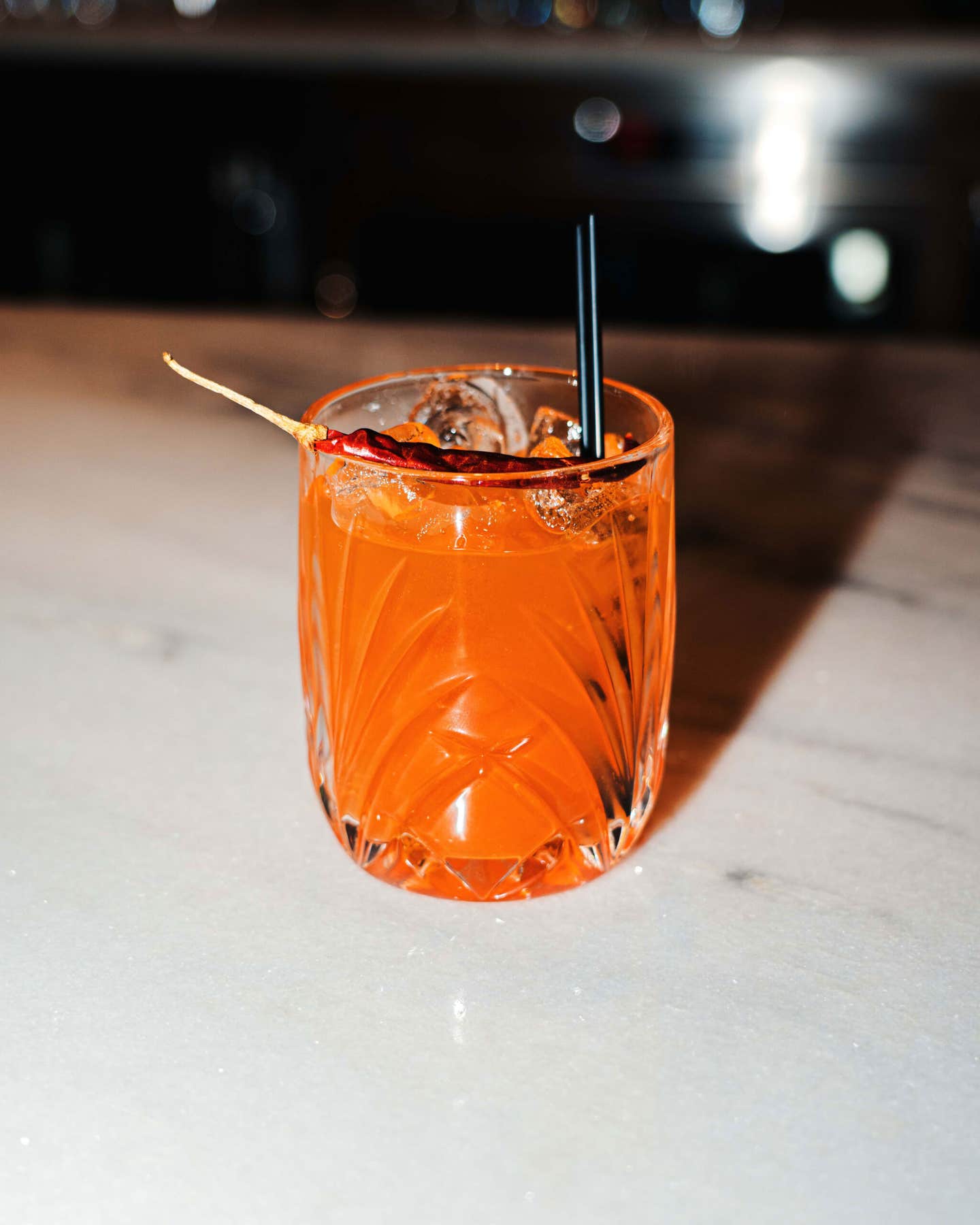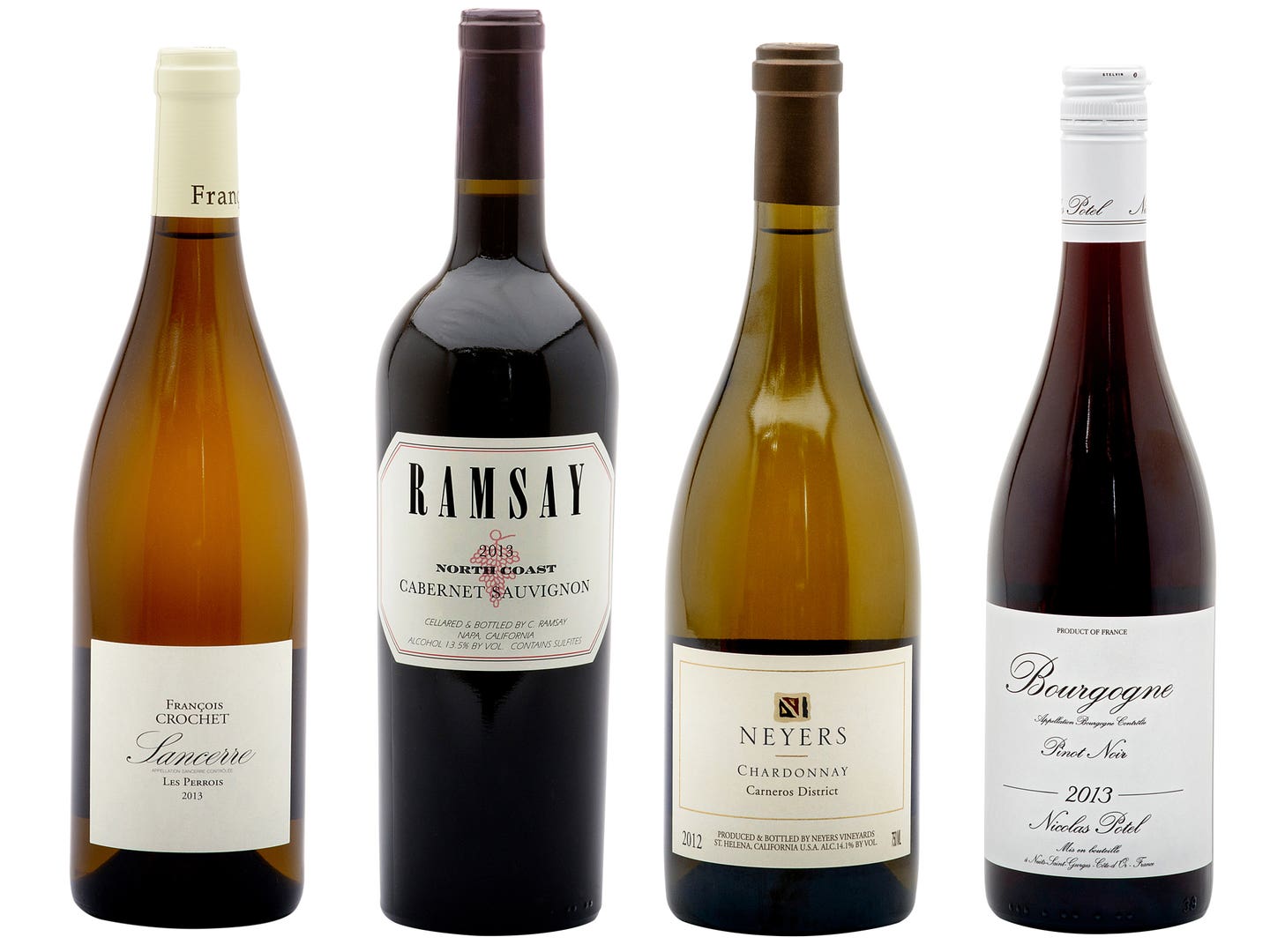
Tasting wine is always fun, but often intimidating. To help demystify the process, we've called on Thomas Pastuszak and Jessica Brown, husband-and-wife wine geeks and sommeliers at a couple of top New York restaurants: Thomas currently serves as the wine director at The Nomad Hotel, and Jessica helms the wine program at The John Dory Oyster Bar and The Breslin Bar & Dining Room. Between them, they've got a surplus of wine knowledge to share, and each month they'll choose several wines to taste side-by-side to help us calibrate our palates and understand our preferences. In the first installment of our new column: basic wine terms and a set of very different wines to help us understand what they mean.
The world of wine and its vocabulary can be a confusing place. Everyone's been there: You're having a glass with a friend who's picking up "notes of lychee and grandmother’s closet"—and you have no idea what she's talking about. (Whose grandmother? What closet?) That's an extreme example, but it's why we like to use a standard vocabulary that everyone can use when tasting wine. This ensures that we're all speaking the same language when describing what's in our glasses. First we're introducing the most basic terms we use when we talk about wine, which will make up the framework we use to describe any bottle. These are pretty standard, and once you understand them, you'll feel more comfortable talking about what you're tasting—whether it's cherry, violet, or grandma's closet.
Acidity: This one's pretty simple. Think about how lemon juice makes your mouth pucker; the more a wine does this to you, the more acidity the wine has.
Oak: Whether a wine is aged in oak, and for how long, has a strong effect on its character. In the case of white wines, oak is identified by flavors and aromatics described as toast, butter, spice, and smoke. In red wines, the flavors lean more toward cedar and cocoa. In both reds and whites, oak smooths out the wine and gives it a softer, silkier feel in the mouth.
Fruit: In white wine, the fruit profiles we tend to see fall into categories like tree fruit (peach/apple/pear), citrus (lemon/lime/orange), and tropical fruit (pineapple/mango/papaya/lychee). With reds, we're looking more at red fruits (cherry/raspberry/strawberry) versus blue-black fruits (currant/blackberry/blueberry).
Body: We like to use milk as a texture and body comparison. If you were to taste skim milk and half & half side-by-side, you'd notice that the skim milk is watery, delicate, and thin (light-bodied) in comparison with the rich, creamy density of the half & half (full-bodied). Think about this when you take a sip and let the wine sit on your palate.
Tannins: We detect tannins as a drying sensation on the palate; think of when you've let tea steep for too long, and the resulting brew is somewhat bitter and really dries out your mouth. That sensation is due to the tannins extracted from tea leaves, the same way they are extracted from red grape skins and stems during the winemaking process. For the most part, when we refer to tannins, we'll talk about them with red wine (as whites tend to have very little, if any, tannic character).
To really understand what these terms mean, you have to taste them. So to help us in our cause, we’ve chosen a few wines that really exemplify these characteristics. Tasting these bottles together will help you start to recognize each specific quality when you drink wine in the future.
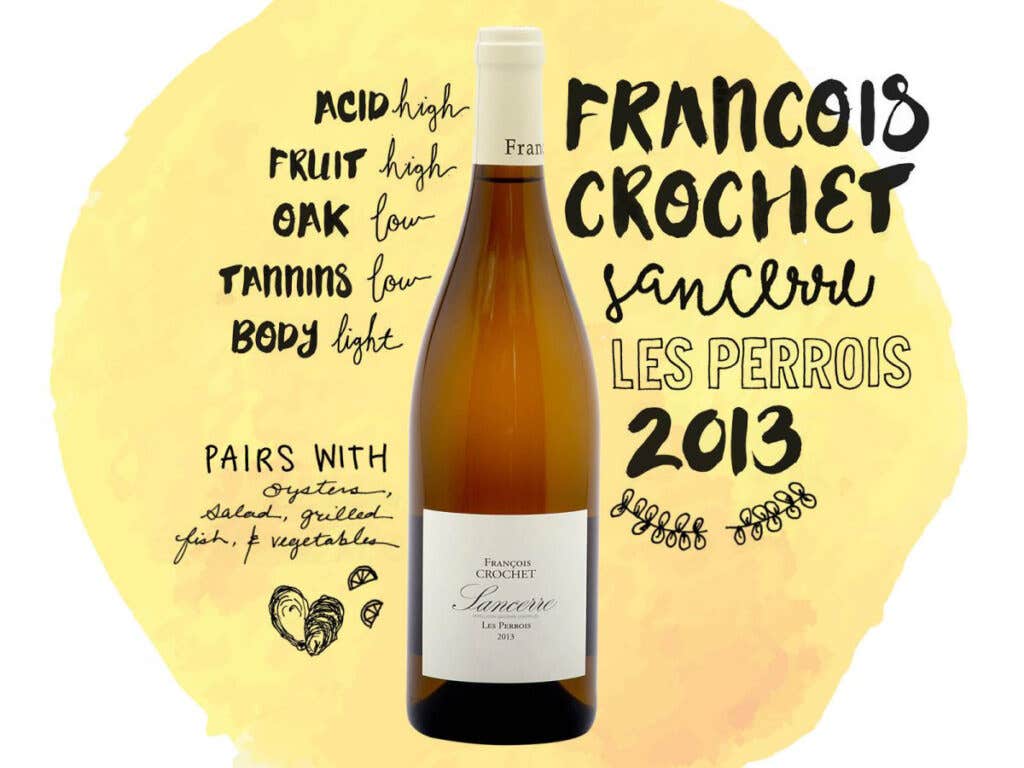
All wines, whether sparkling, white, rosé, or red, have acidity—it lends freshness and energy to wine. How much acidity a particular bottle has can be detected by how sour it tastes; our first wine, Francois Crochet's Sancerre "Les Perrois" 2013, is bursting with it. It's a classic example of the unoaked sauvignon blancs that the region of Sancerre, in France's Loire Valley, is known for.
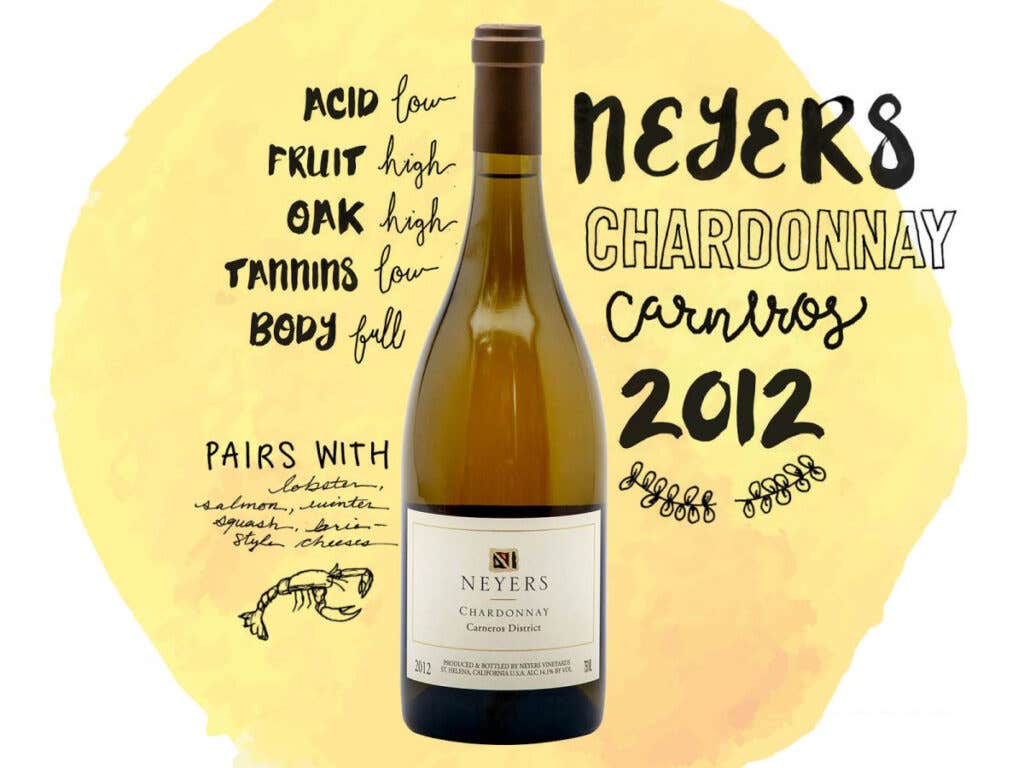
Taking a sharp turn away from this sancerre in style is the Neyers Carneros Chardonnay 2012, a textbook expression of California chardonnay that is aged in French oak barrels. That strong oak character shows up both in its aromatics and its taste, giving the wine a buttered toast flavor. This provides a stark contrast to the sancerre, which is only aged in steel.
Taste these two whites side-by-side again; you'll see that their fruit profiles are very different. The sancerre has a taste of crisp citrus and sour green apple; those tart fruit flavors come from the fact that the grapes grow in a cooler climate, where their development is slower and they don't ripen as much; the chardonnay, coming from a much warmer and drier climate where the fruit ripens further, has flavors that lean more towards lemon cream and baked golden apple. Both wines can be described as "fruity," but the style of the fruit is really different, like an underripe apple versus one that has hung on the tree longer and developed a softer, riper, sweeter character.
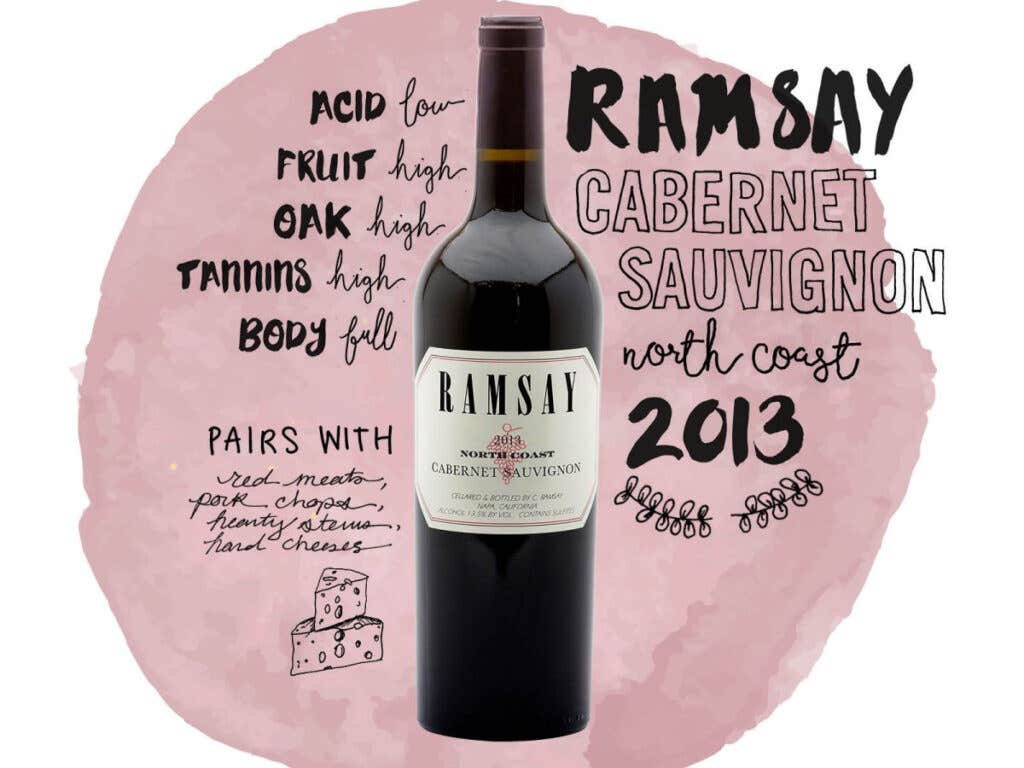
The same rules for acid, fruit, and oak apply with red wines, but with reds we also introduce tannins. A great example of tannins at play is with the Ramsay Cabernet Sauvignon North Coast 2013, a classic California cabernet that's robust and fruit-forward, with a lot of structure and intensity.
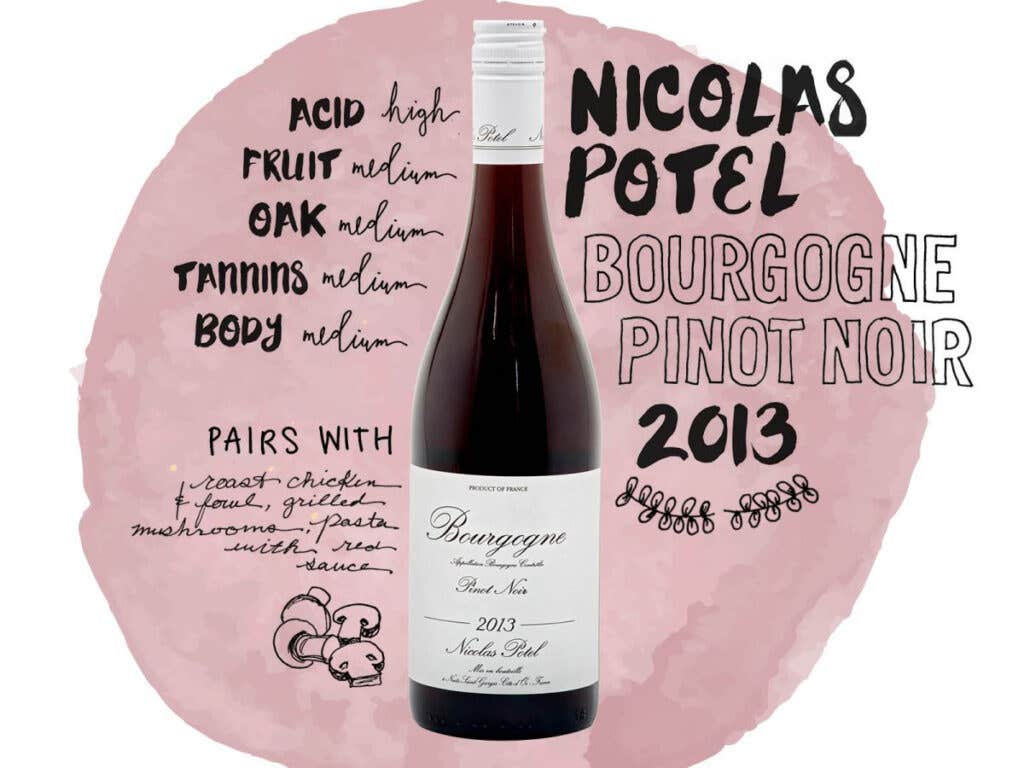
On the opposite end of this spectrum is a wine made from the delicate pinot noir grape in Burgundy: Nicolas Potel Bourgogne Pinot Noir 2013, a great introductory example of red burgundy with very low tannins and a much lighter body than the Ramsay cab. That's typical of wines made from pinot noir, which is a thin-skinned grape; the Cabernet Sauvignon is much more full-bodied thanks to the grape's thicker, darker skins, which contribute more tannins. (Other thin-skinned grapes include gamay and nebbiolo; thick-skinned grapes, syrah and malbec.)
So, to really tighten up your wine game, seek out these wines (or those that your wine shop might compare them to) and taste them together. You’ll gain a lot of perspective just by comparing them, and most importantly, you’ll be able to start identifying your own preferences and discover new wines that really fit your palate.
Francois Crochet's Sancerre "Les Perrois" 2013, $16 at WineLibrary.com
Neyers Carneros Chardonnay 2012, $32 at Sherry-Lehmann
Ramsay Cabernet Sauvignon North Coast 2013, $13 at Astor Wines & Spirits
Nicolas Potel Bourgogne Pinot Noir 2013, $15 at Petrock's Liquors
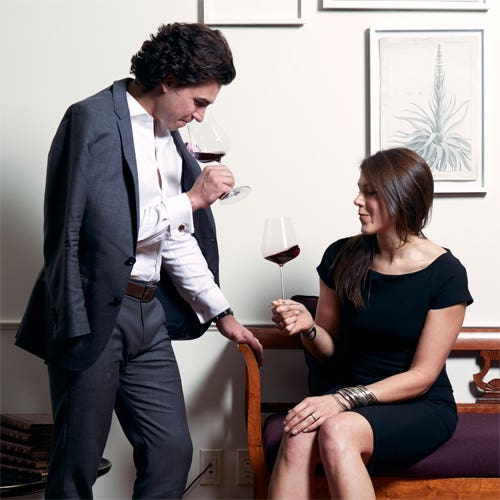
Jessica Brown is a sommelier and wine director of The John Dory Oyster Bar and The Breslin Bar & Dining Room.
Thomas Pastuszak is a sommelier and the wine director at The Nomad Hotel.
Keep Reading
Continue to Next Story



